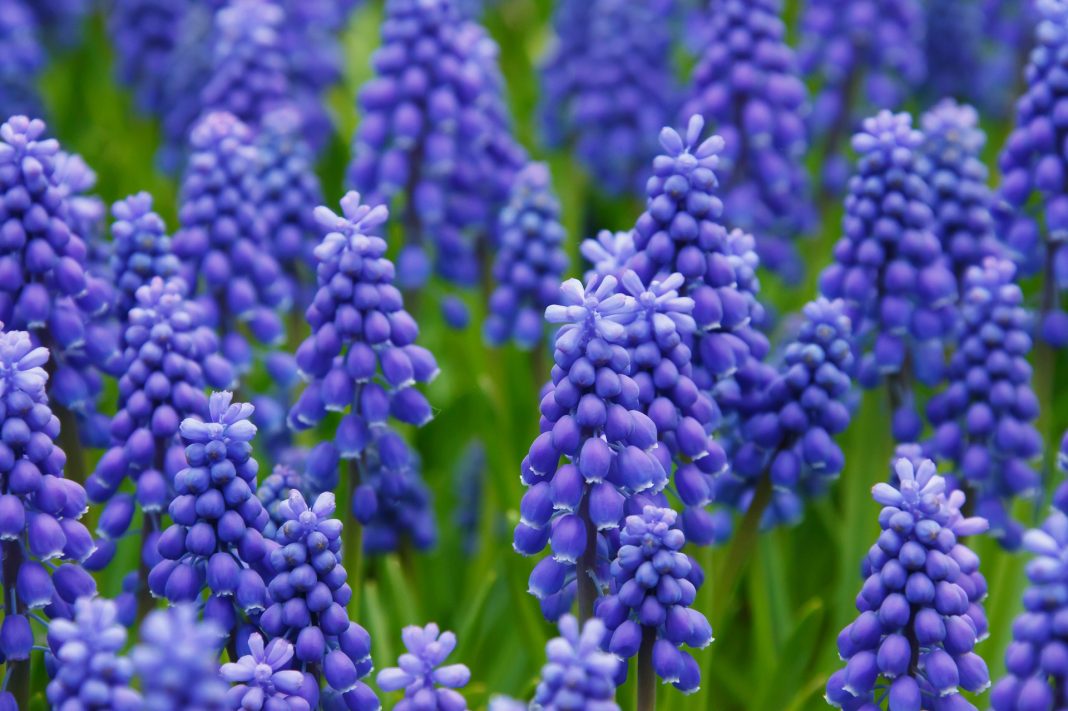If you don’t have a large outdoor space to work with, you can still turn your small garden into a paradise – it’s all about the strategy. We spoke with one of Australia’s most high-profile landscape designers, Paul Bangay about his book, Small Garden Design, and how you can make the most of your small garden.
Paul was never a stranger to gardening landscapes. His love for gardens started when he was young, in his parent’s garden.
“They had a beautiful garden in the Eastern suburbs of Melbourne. I was given a small piece [of garden] and encouraged to landscape as I wished. Later, I took over the vegetable garden and turned it into a picking and highly productive garden space. Learning to garden at such a young age meant the gardening bug never left my system,” he said.
Over 20 years ago, Paul wrote his first book about small gardens titled The Boxed Garden. It illuminated ways to add excitement, properly place decorative features, and strategically place plants that transcend the limitations of small spaces.
“I thought given our trend toward smaller spaces, it was time to write a new book on this subject,” he explained, “Many urban dwellers are now living with rooftops, balconies, or small courtyards. Dealing with these small spaces is difficult, and the new book, Small Garden Design, helps overcome many of the obstacles associated with these tight spaces.”
According to a consumer survey by Wakefield Research in 2017, 56% of buyers would be willing to sacrifice square footage for more outdoor space. Don’t let a small garden space deter you when considering property, though.
According to Paul, small gardens are more intimate and much easier to look after than their larger counterparts. “Creating a gem of a small garden means far less time is needed to tend to it. If designed well, it can provide you with a sense of enclosure and intimacy that often large-gardens cannot,” he said.
PAUL’S TOP 5 SMALL GARDEN TIPS
- Make the most of vertical spaces and keep them relatively thin, but still with a sense of depth. Creepers on walls do this well.
- Use mirrors to maximize the sense of space, making sure they are antiqued and not too new looking.
- Lighting helps make the garden visually connected to the house at night. Often small gardens are close to the house and are visible from windows and doors. Light features create drama from the indoors looking out.
- Overscale objects and use fewer of them. This makes the space look larger. Don’t use a lot of small objects, such as pots or ornaments as it looks cluttered.
- Disguise the boundary with planting to make the space appear larger than it is. Seeing the boundary reminds you of the exact size of the space.

paulbangay.com










